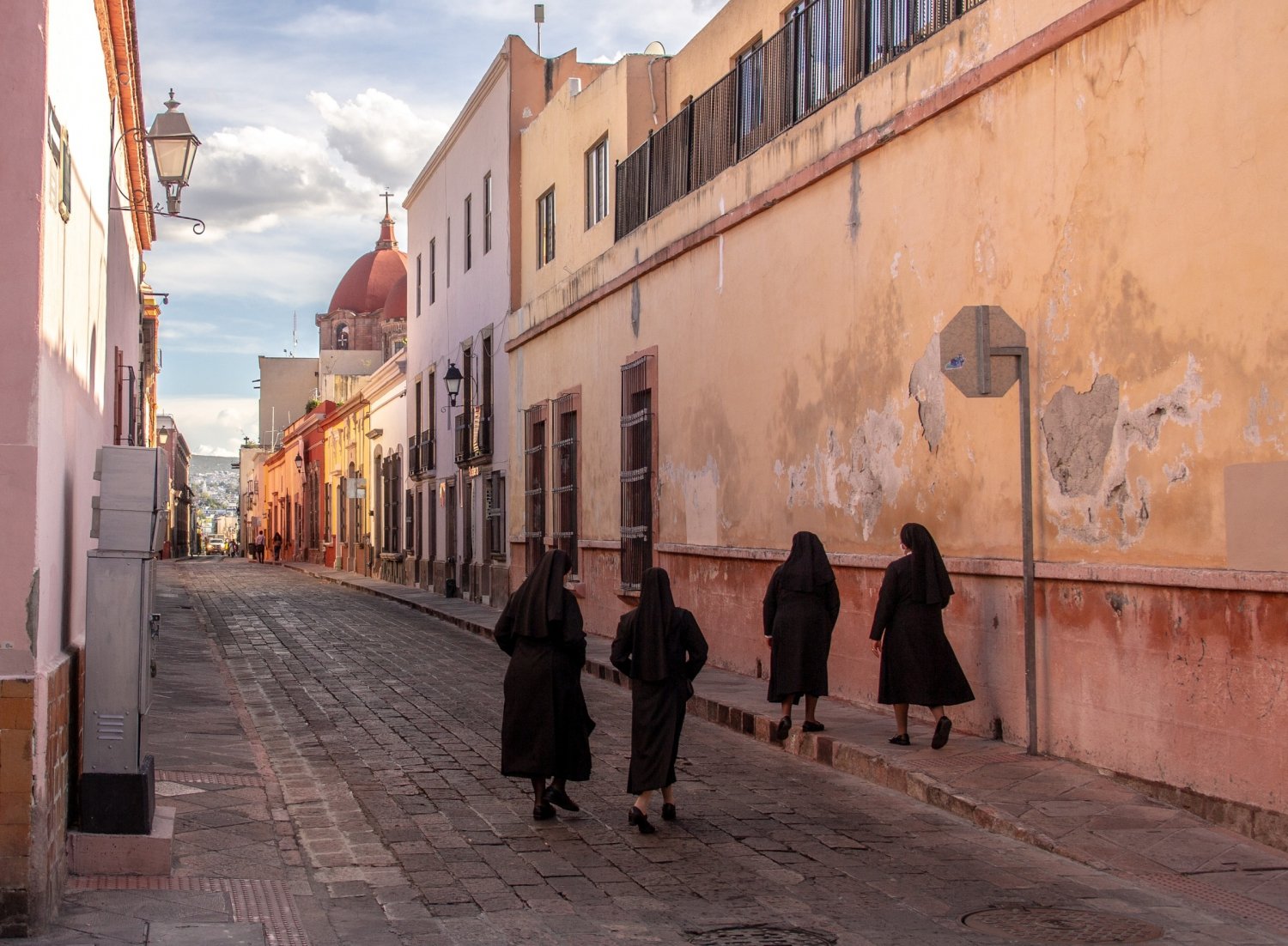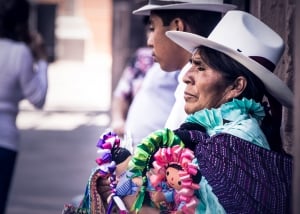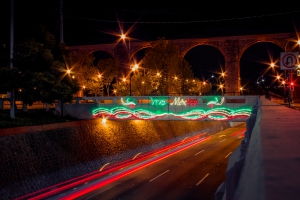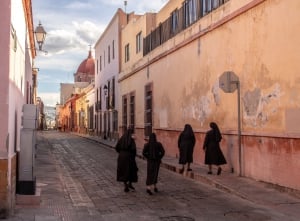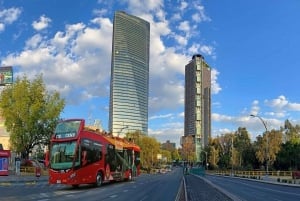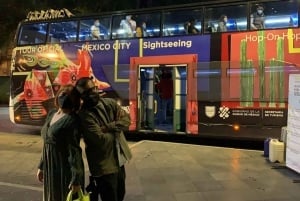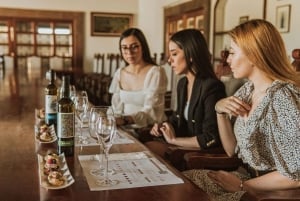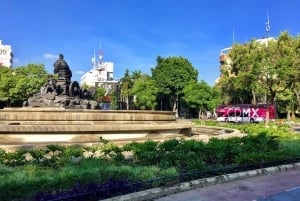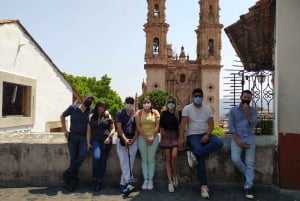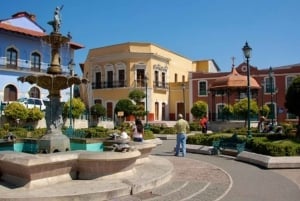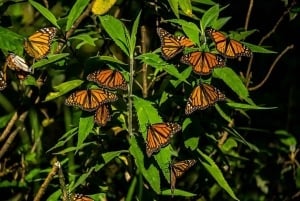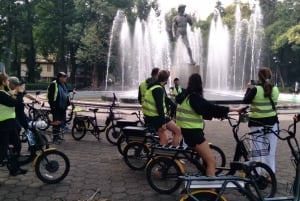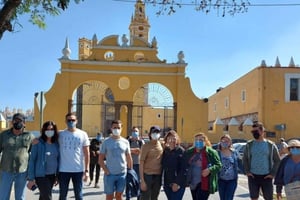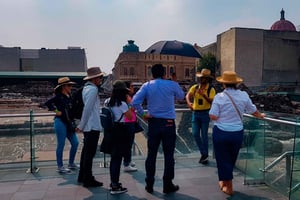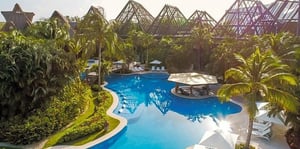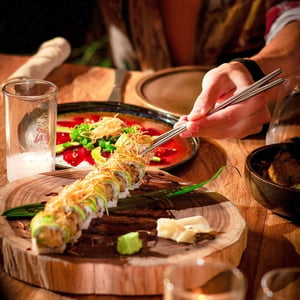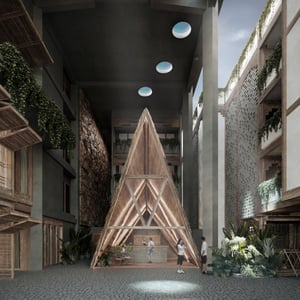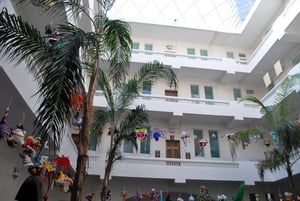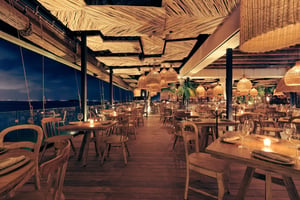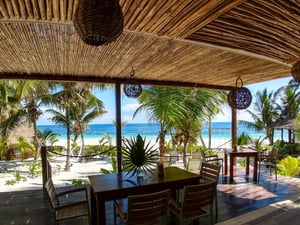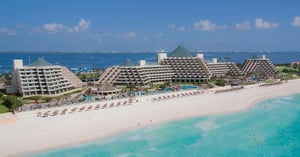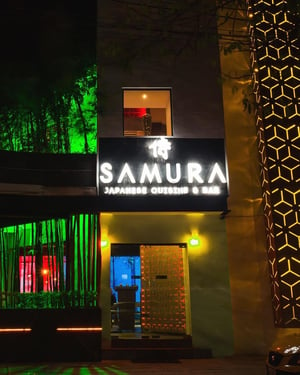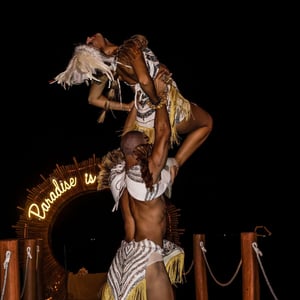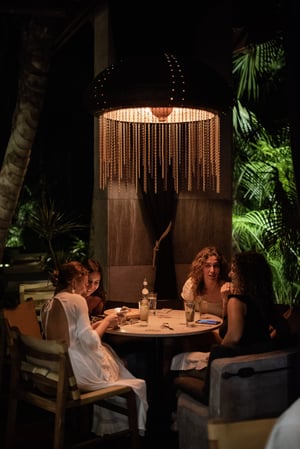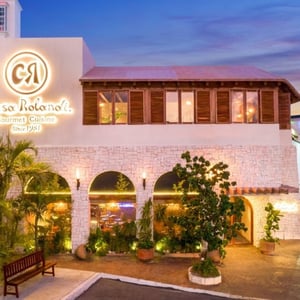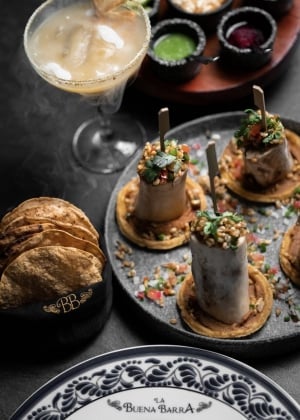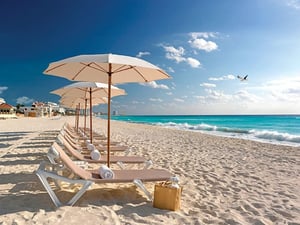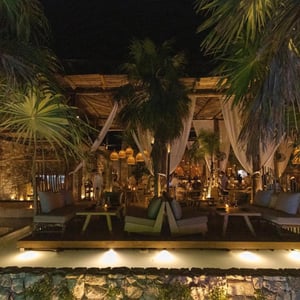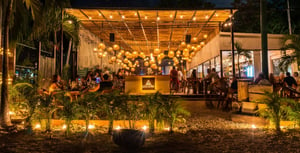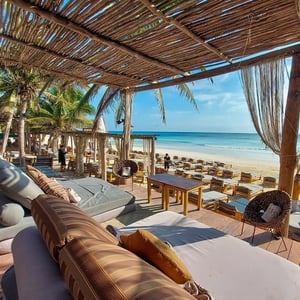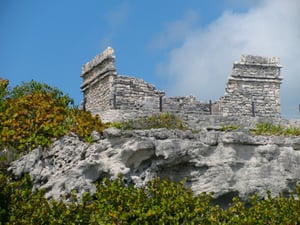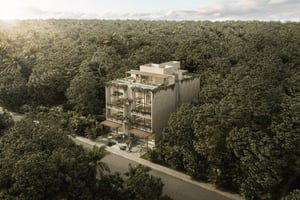Querétaro
One of the smallest states in Mexico is located on Mesa Central.
Querétaro de Arteaga is a state in central Mexico. It is bounded by the states of San Luis Potosí to the north and northeast, Hidalgo and Mexico to the southeast, Michoacán to the southwest, and Guanajuato to the west. The capital is Querétaro (Santiago de Querétaro).
One of the smallest states in Mexico is located on Mesa Central. Its relief is split between mountainous regions in the north and rolling plains and rich intermontane valleys in the south and west, where much of the population is clustered in and around Querétaro.
Queretaro experiences hot, dry weather all year round. The environment is suitable to take part in a range of outdoor sports and events and to take part in local history, architecture and landscapes. Rain is rarely a feature here; they appear to be in the months of April through November when they arrive. Rains seem to be ferocious and short in the late afternoon, making the evenings dry and cold.
The Spanish defeated the Otomí and Chichimec Indians in the region in 1531, and settlement began in the 1550s. Communities in the Sierra Gorda, in the north of the province, remained culturally independent until the mid-1700s when Franciscan missionaries settled there; their contributions, now evident in a community of well-preserved missionary churches, were jointly declared a UNESCO World Heritage Site in 2003. During the colonial era, Querétaro was remarkable for its ethnically diverse population of Otomí, Tarasco, Chichimec, and Spain. The region was administered to Guanajuato until it became a state in 1824.
The road network in this region is well developed and traveling through it is fast and efficient in most places. These cities are safe: crime is low and it’s a great region to consider if you want to treat your family to a real cultural experience in Mexico.
Indigenous music can be heard in Otomi zones, such as the municipalities of Amealco and the arid central regions of the province. Sometimes this involves trios composed of two flutes or two drum violins, most often used for group events.
Many of the traditional festivals are related to the Catholic church, with some of the most prominent being La Candelaria (Candlemas), Holy Week, and Day of the Dead. Locally significant are the various festivals of patron saints of cities, villages, and municipalities. In addition, the number of civic and economic festivals and fairs includes celebrations of the founding of numerous cities, regional fairs in Cadereyta, El Marqués, Jalpan de Serra, and others to highlight local goods and culture.
The cuisine of the Sierra Gorda region is heavily influenced by the Huasteca cuisine of the neighboring states of Hidalgo and San Luis Potosí. Sacahuil, a large tamale wrapped in the leaves of a plant called a papatla, is a remarkable dish. Traditional food items include candy made from guava fruit and sugar, jams and sweets made from pulque, Bernal milk candies, hard bread called mezquitamal made from Otomis, and different forms of mole sauces made from Amealco. Gorditas can be made in the Sierra Gorda region with cinnamon, cheese, and piloncillo.


